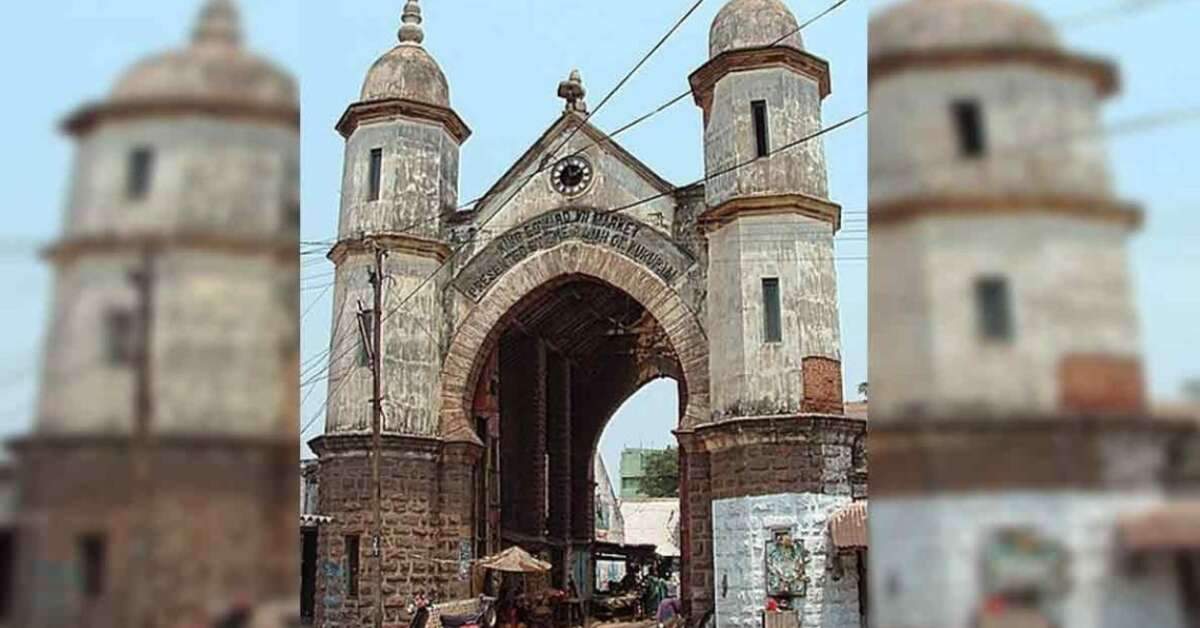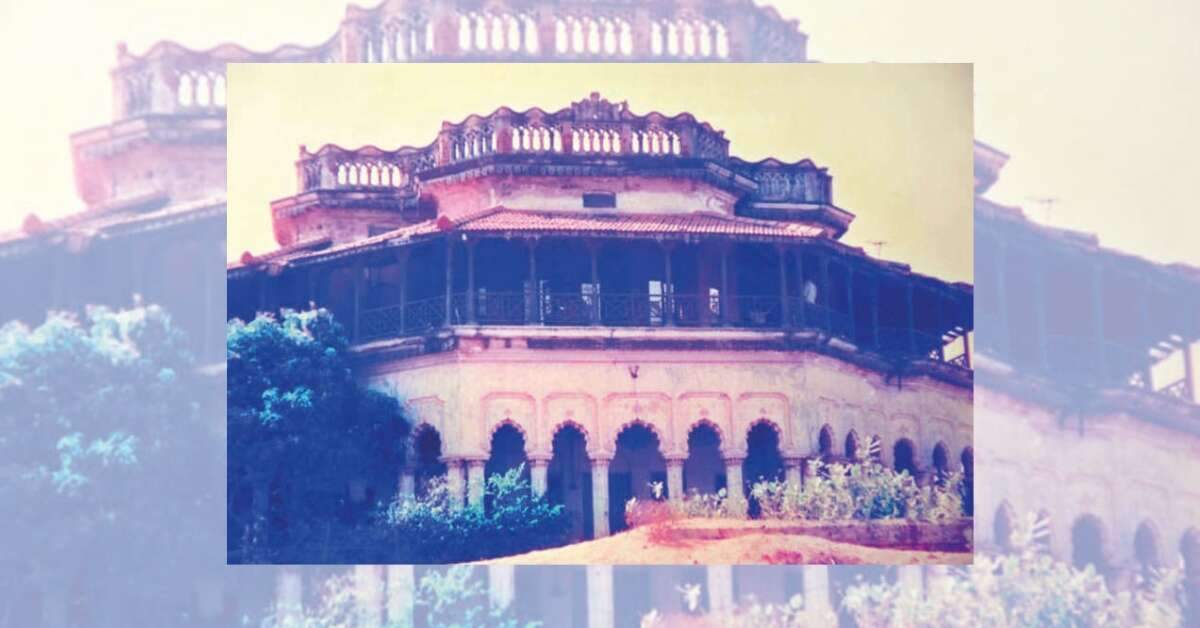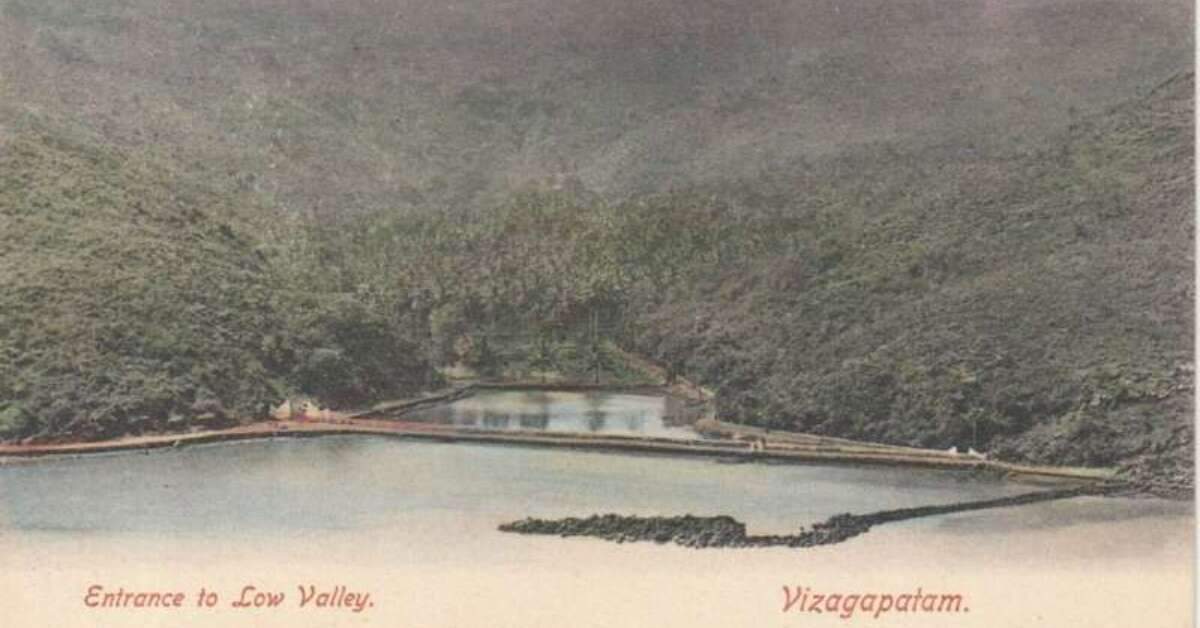Visakhapatnam has witnessed the rise and fall of numerous iconic structures over the years. In the first part of this series, we explored landmarks like The Mahal and Vizagapatam Fort. Continuing that journey, here are five more historical landmarks of Visakhapatnam that have vanished with time:
1. Kurupam Market Clock Tower
 Once a defining feature of Vizag’s oldest marketplace, the Kurupam Market Clock Tower was an architectural gem.
Once a defining feature of Vizag’s oldest marketplace, the Kurupam Market Clock Tower was an architectural gem.
Built in 1914 by Raja Vyricherla Veerabhadra Raju to commemorate King Edward VII’s coronation, the structure featured a Tudor-style arch with a pitched roof, wooden rafters, and ornate towers topped with kalashas. Its clock and bell, crafted by Gillett and Johnson Company, added a unique charm.
Tragically, this landmark was demolished overnight in November 2013 by the GVMC, under the guise of market restoration, erasing nearly a century of history.
2. Panchavati/S Radhakrishnan Round House
 Known locally as ‘Panchavati,’ this stunning arched structure, built by the Bobbili royal family, stood near the present-day Grand Bay Hotel. It boasted a panoramic view of the sea and Daspalla hills.
Known locally as ‘Panchavati,’ this stunning arched structure, built by the Bobbili royal family, stood near the present-day Grand Bay Hotel. It boasted a panoramic view of the sea and Daspalla hills.
The building hosted luminaries like Dr S. Radhakrishnan, who resided here in 1936, and Nobel Laureate Rabindranath Tagore, who composed works during his stay from 1933-35. Despite its heritage status, it was demolished by a real estate developer in 2004, marking the loss of yet another cultural treasure.
3. Lova Thota
 Nestled amidst the Yarada Konda range, Lova Thota, or “Lower Gardens,” was a serene valley owned by Maharajah Sir Goday Narayan Gajapathi Rao. Known for its lush greenery, it became a popular picnic destination in the 1800s.
Nestled amidst the Yarada Konda range, Lova Thota, or “Lower Gardens,” was a serene valley owned by Maharajah Sir Goday Narayan Gajapathi Rao. Known for its lush greenery, it became a popular picnic destination in the 1800s.
Guests, including the Governor of Madras Presidency and the Maharajah of Travancore, often visited this scenic retreat. However, the construction of Vizag Harbour in the 1920s led to the land being acquired, sealing its fate and ending its legacy as a cherished spot for generations of Vizagites.
4. Poorna Theatre
 Now shut down, Poorna Theatre once held the distinction of once being the longest-running movie theatre in South India. Established in 1925 as Sri Krishna Touring Talkies, it was renamed Poorna Theatre by the visionary late GK Mangaraju following the advent of electrification in Vizag. This transformation marked the beginning of an illustrious journey, with the theatre initially screening silent films like Gajendra Moksham.
Now shut down, Poorna Theatre once held the distinction of once being the longest-running movie theatre in South India. Established in 1925 as Sri Krishna Touring Talkies, it was renamed Poorna Theatre by the visionary late GK Mangaraju following the advent of electrification in Vizag. This transformation marked the beginning of an illustrious journey, with the theatre initially screening silent films like Gajendra Moksham.
The landmark underwent a major refurbishment in 1949, premiering classics like Laila Majnu and later introducing cinemascope technology in 1955—the first theatre in the Andhra region to do so. This innovation paved the way for screening iconic films, including Hollywood hits like Force 10 from Navarone.
These historical landmarks, though lost to time, remain an integral part of the rich cultural and architectural heritage of Visakhapatnam, reminding us of the city’s past. To read part one of this series, click here.
Stay tuned to Yo! Vizag website and Instagram for more such nostalgic recaps.










Discussion about this post